Longest River in IndiaIndia has a vast network of mighty rivers. It is also called as the land of Rivers. Most of the rivers originate from the Himalayas such as Ganges, Brahmaputra and Mahananda. Whereas, origin of some rivers lies in the Peninsular Plateaus. Accordingly, based on their origin, these rivers can be of two types; Himalayan Rivers and Peninsular Rivers. Click Here to Know More Himalayan Rivers and Peninsular Rivers The popular rivers in India, which are the top ten longest rivers in India, are described below starting with the longest river in India. 1) The Ganges (2525 km)The Ganges, which is also known as Ganga in India, is the longest as well as the largest river in India. It is also the most sacred river for the Hindus in India. 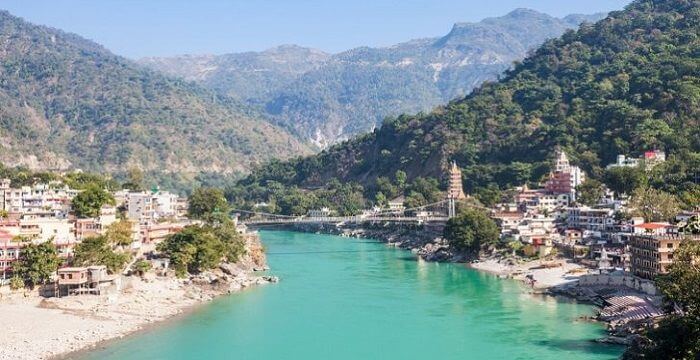
It is a Himalayan river as it originates as Bhagirathi from the Gangotri Glacier in the Western Himalayas in Uttarakhand. After the confluence at Dev Prayag, where it is joined by Alaknanda, it is known as Ganga. Thereafter, it starts a journey of 2525 km in which it flows through the Gangetic plains and the states of Uttarakhand, Uttar Pradesh, and West Bengal where it ends its journey by merging or falling into the Bay of Bengal. The primary tributaries of Ganga include Yamuna, Gomti, Son, Gandak, Ghaghara, and Koshi. The river Ganga along with its tributaries is known as Ganges River System. 2) Godavari (1465 km)Godavari is the second-longest river in India with a total length of 1465 km. It forms a huge river basin that extends over 312812 sq. km. and is a sacred river for the Hindu community in India. It is a peninsular river and is also known as Dakshin Ganga or South Ganga. 
The river starts its journey from Triambakeshwar in Nasik and flows through Chhattisgarh, Telangana and Andhra Pradesh. Thereafter, it empties into the Bay of Bengal. The major tributaries of Godavari are Purna, Pranhita, Indravati and Sabari River. Godavari has a maximum width of around 5 km at Rajahmundry, which is a city located at its bank. The drainage basin of the river lies in Maharashtra, Chhattisgarh, Andhra Pradesh, Karnataka, Madhya Pradesh, and Orissa. The Sri Ram Sagar Dam is also built over this river to fulfil the irrigation requirements of some districts of Andhra Pradesh that are Adilabad, Nizamabad, Warangal, and Karimnagar. One of the highlights on the riverbanks of Godavari is Basara at the Adilabad District. It houses a popular Saraswati temple which is believed to be the second oldest temple of goddess Saraswati in India. 3) Krishna River (1400 km)Krishna River is one of the peninsular rivers in central-southern India. Its length is 1400 km and its origin is located at Mahabaleswar near Jor village in Maharashtra. It merges with the Bay of Bengal at Hamsaladeevi village in Andhra Pradesh. It fulfils the irrigation requirement of Karnataka, Maharashtra and Andhra Pradesh. 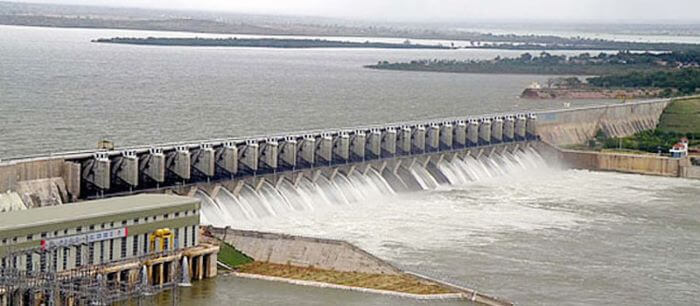
The Basin of the Krishna River spreads over an area of 258948 sq. km. Its main tributaries are Malaprabha, Bhima, Ghataprabha, Tungabhadra, and Musi. The most important tributary is the Tungabhadra River that flows in Andhra Pradesh and Karnataka. Besides this, there are many ancient, sacred sites located on the banks of this river. Such as a temple devoted to Harihareshwara at Harihara. The river also surrounds the Hampi, a world heritage site that houses ruins of Vijayanagara. 4) Yamuna River (1376 km)The Yamuna is also called as Jamuna. It is also a Himalayan river that starts from the Yamunotri glacier at the Banderpoonch peak in Uttarkashi, Uttarakhand and merges with Ganga at Triveni Sangam to end its journey. The Yamuna is the largest tributary of the river Ganga and like other rivers, it does not fall into a sea. 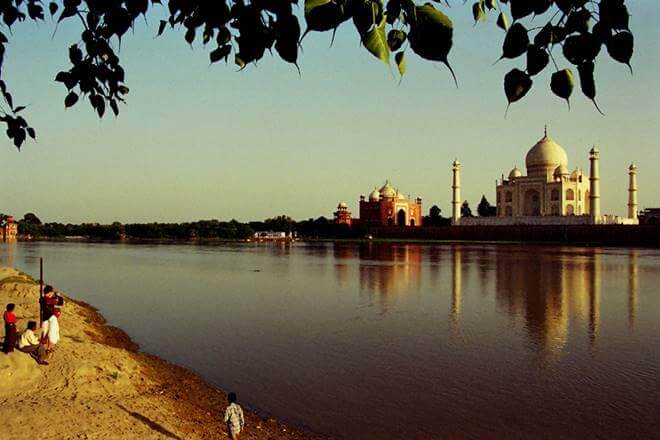
Yamuna is one of the sacred rivers in India. Some of the tributaries of Yamuna include Hindon, Giri, Sharda, Rishiganga, Chambal, Betwa, Ken, Sindh, and Tons. Tons is the largest tributary of Yamuna. The river covers a total distance of 1376 km flowing through several major states of India that are Uttarakhand, Himachal Pradesh, Delhi, Haryana and Uttar Pradesh. Yamuna ends its journey at Allahabad, Uttar Pradesh, where it joins the Ganges at Triveni Sangam which is the confluence of three rivers; Ganga, Yamuna and Saraswati. The Kumbh Mela, which is held every 12 years, is also organized at this place. 5) Narmada River (1312 km)3Narmada River is also called Rewa. Formerly it was known as Nerbudda. Narmada is also called the "Life Line of Madhya Pradesh and Gujrat" for its contribution to both of these states and is a holy river for the Hindus. 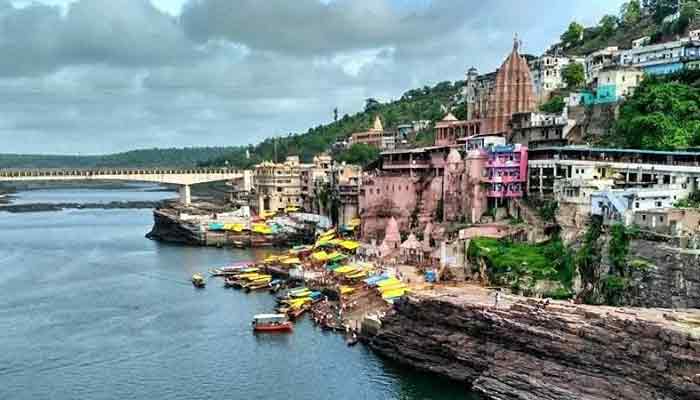
Unlike other rivers of the country that generally flow towards east, it flows towards west. It is a peninsular river that originates from the Narmada Kund in the Amarkantak mountain range in Madhya Pradesh and flows through Madhya Pradesh, Maharashtra and Gujarat before falling into the Arabian Sea after covering 1312 km from its origin to the end. On the north, its basin is bordered by the Vindhyas; on the east, it is bounded by the Maikala range; on the south by the Satpuras, and on the west, its basin touches the Arabian Sea. The total basin area of Narmada is 97,410 square kilometres. It is an unmarked natural boundary between North and South India. It has 41 tributaries; 22 are on the left bank and 19 are on the right bank. Some of its famous tributaries are Tawa, Shakkar, Sher, Dudhi and Ganjal in the south and Hiran, Choral, Barna, Karam, Lohar in the north. Tawa is the biggest tributary of the river Narmada. 6) Indus River (1114 km in India)Indus River, which is also known as the Sindhu, is one of the longest rivers in Asia with a total length of 3180 km from its origin to its end. This Himalayan River originates from a glacier in the north-western foothills of the Himalayas in the Tibetan Plateau nearby Lake Manasarovar and flows through western Tibet, the Jammu and Kashmir and Pakistan before falling into the Arabian Sea. The size of its delta is 41440 sq. km. and the size of its basin is around 1165000 sq. km. 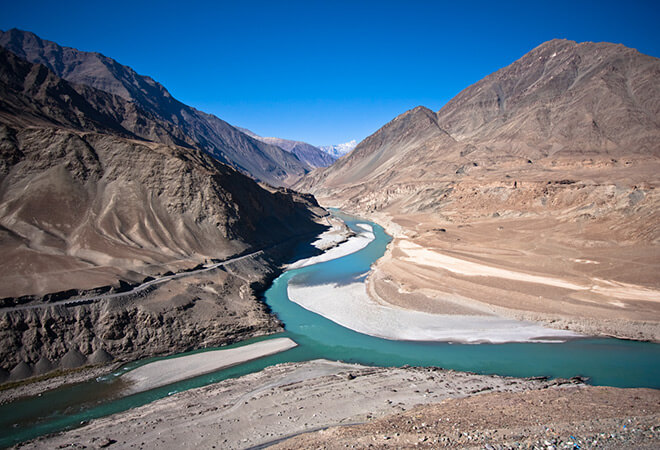
Indus River along with its tributaries forms the Indus Basin that touches four countries (India, Pakistan, China, and Afghanistan) and supports more than 200 million people. Although it is joined by various Himalayan tributaries, its five main tributaries include the Jhelum, Chenab, Ravi, Beas, and Sutlej. The name Punjab (land of Five Rivers) is derived from these tributaries that join Indus from the eastern Punjab Plain that is now divided between India and Pakistan since partition. 7) Brahmaputra River (916 km in India)Brahmaputra River's total length within India is 916 kilometres, however, its total length is 2900 km. It originates from Angasi Glacier in the Mansarovar ranges near Mansarovar Lake in Tibet, China. It is a Himalayan river and the only river in India whose gender is male. 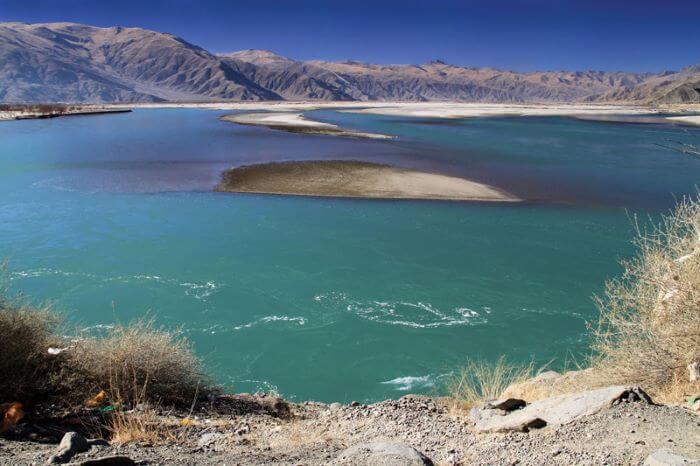
It starts flowing from China where it is called the Yarlung Tsangpo then it enters India via Arunachal Pradesh after that if flows through Assam and finally reaches Bangladesh. In India, it is also known as Siang, Lohit, and Dihang, whereas in Bangladesh, it is known as Jamuna. It is fed by the glaciers and traverses a total distance of around 2900 km from Tibet to the Bay of Bengal; 1700 km in Tibet, 900 km in India and 300 km in Bangladesh before falling into the Bay of Bengal. The Kaziranga National Park is located on the banks of Brahmaputra River. There is also a river island namely Majoli or Majuli at this river in Assam. It is the first island that became a district in India and its area was 880 sq. km. at the start of the 20th century. Like other rivers, it also has tributaries that originate at different heights in the hills surrounding its catchment area. Some of the major tributaries on its left bank include Burhi Dihing, Dhansari (South) and Kalang. Whereas, the tributaries that join it from the right include Kameng, Manas, Sankosh, and Subansiri. 8) Mahanadi River (851 km)Mahanadi is a peninsular river in India that flows towards East and originates in the hills of Raipur district of Chhattisgarh and flowing through Orissa falls into the Bay of Bengal. Its total length is 851 km; 494 km is in Odisha, whereas, 357 km is in Chhattisgarh. 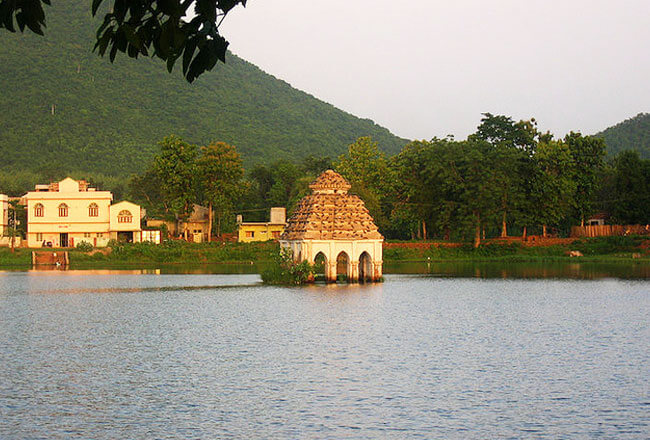
The hills from which it originates are an extension of the Eastern Ghats. It is also known as the distress of Odisha due to its devastating floods. However, after constructing the Hirakud Dam, the situation is improved. As of now, a network of waterways, check dams, and blasts keep the river-flow in control. The Basin of the Mahanadi River spread over an area of 141589 sq. km. and its major tributaries include Mand, Seonath, Hasdeo, Jonk, Telen, etc. Seonath is the longest tributary of Mahanadi. 9) Kaveri River (800 km)Kaveri River, which is a peninsular river, is also spelled Cauvery. It is a holy river in South India that originates in the form of spring at Talakaveri or Talacauvery on Brahmagiri Hill located in the Western Ghats in the Kodagu district of Karnataka. After crossing Karnataka, it flows through Karnataka, Kerala, Tamil Nadu, and then reaches the Eastern Ghats and then goes into the Bay of Bengal at Poompuhar in Tamil Nadu. 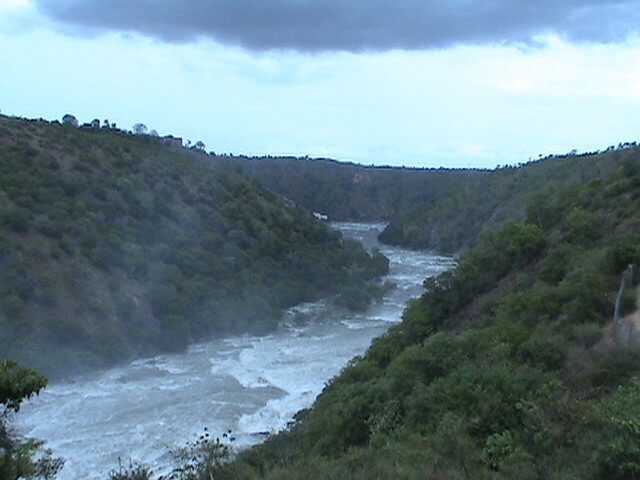
Talacauvery which is considered the source of the Kaveri is a famous pilgrimage site in Karnataka. Kaveri divides itself into various distributaries before it falls into the Bay of Bengal. Thus, it forms a widespread delta that is called "garden of southern India." The area of its basin is 81,155 sq. km that extends over the states of Karnataka, Tamil Nadu, Kerala and the Union Territory of Puducherry. Kaveri also forms islands Shivanasamudra and Srirangapatna in Karnataka. At the Shivanasamudra Island, it falls 98 meters down forming two falls known as Bara Chukki and Gagan Chukki. The tributaries that join Kaveri include Hemavathi, Shimsa, Arkavathi, Kapila, Kabini, Lokapavani, Bhavani, Moyar, and more. 10) Tapti River (724km)Tapti River is a peninsular river as it originates in peninsular India. It originates in the Betul district, Madhya Pradesh in the Satpura Range and falls into the Gulf of Khambhat in the Arabian Sea in Surat, Gujarat. It flows for a distance of 724 km in which it travels through Madhya Pradesh, Maharashtra, and Gujarat. 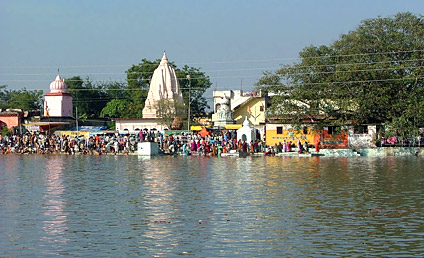
The basin of Tapti extends over 65145 sq. km. Its catchment area is present in the states of, Gujarat, Maharashtra and Madhya Pradesh. The main tributaries of Tapti are Purna, Gomai, Girna, Pedhi, Arna and Panzara.
Next TopicClassical Dances of India
|
 For Videos Join Our Youtube Channel: Join Now
For Videos Join Our Youtube Channel: Join Now
Feedback
- Send your Feedback to [email protected]
Help Others, Please Share










